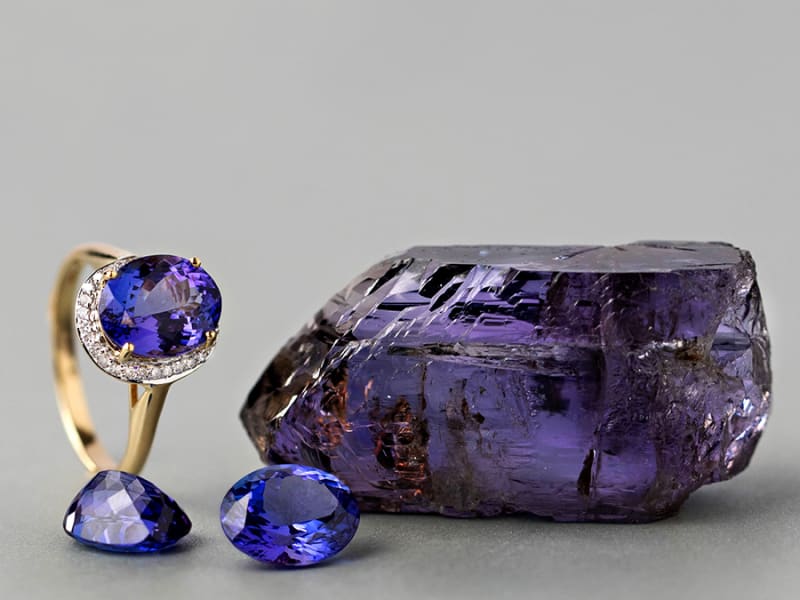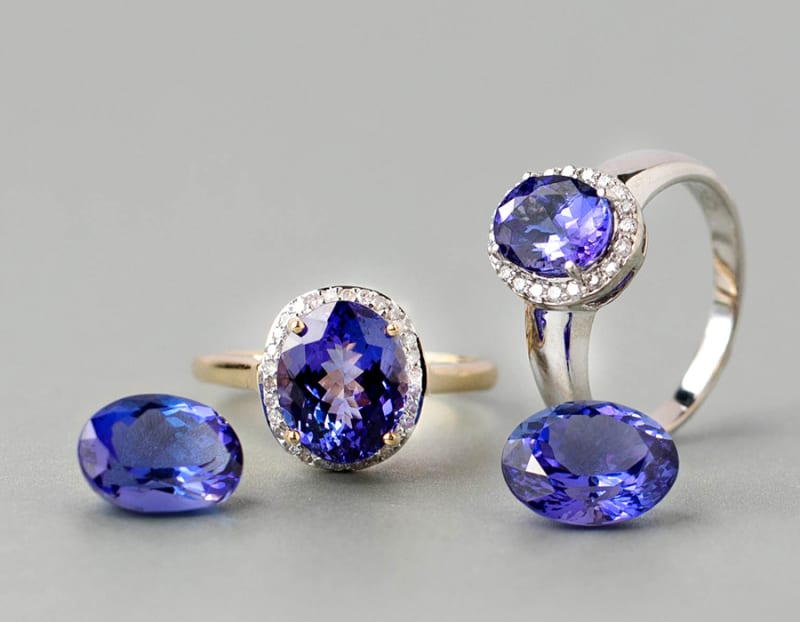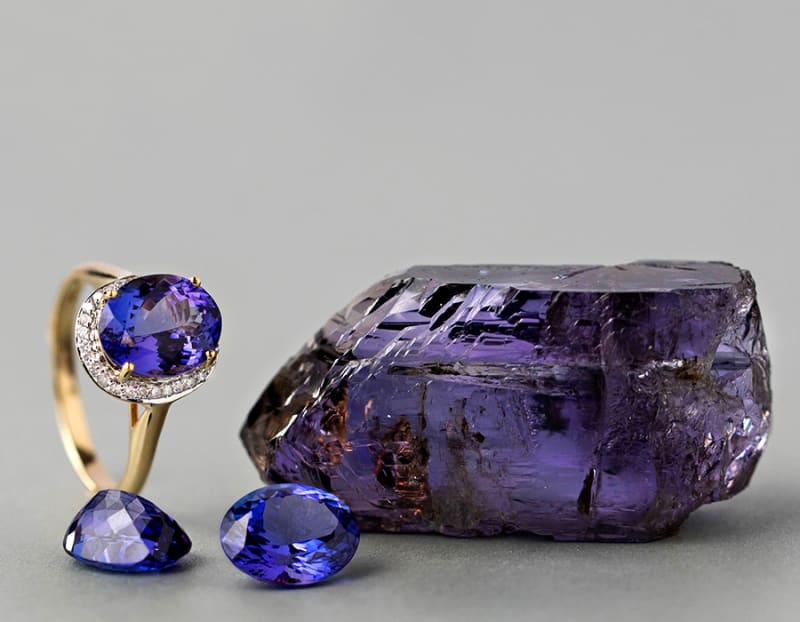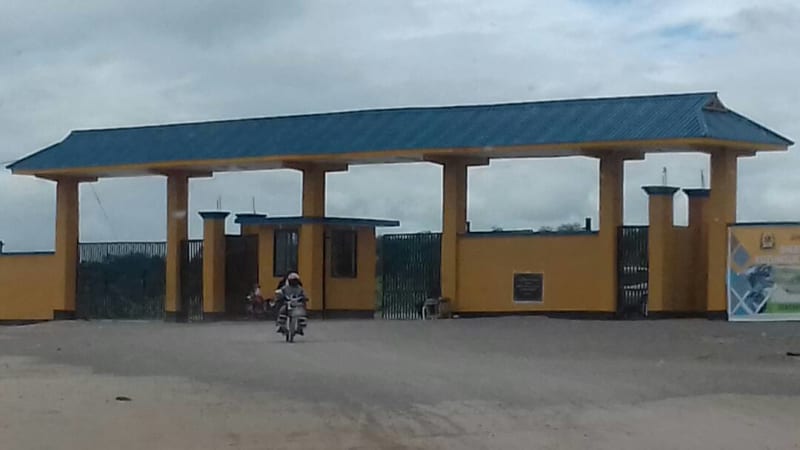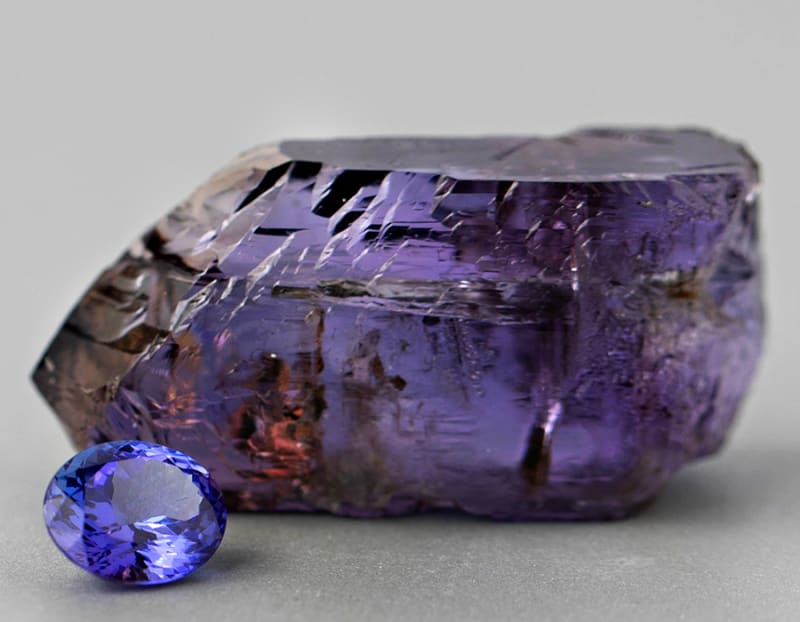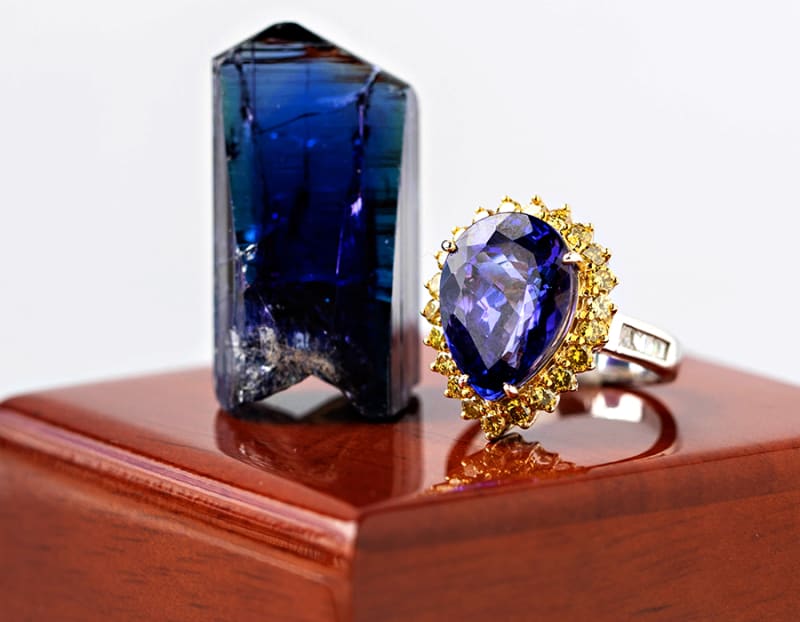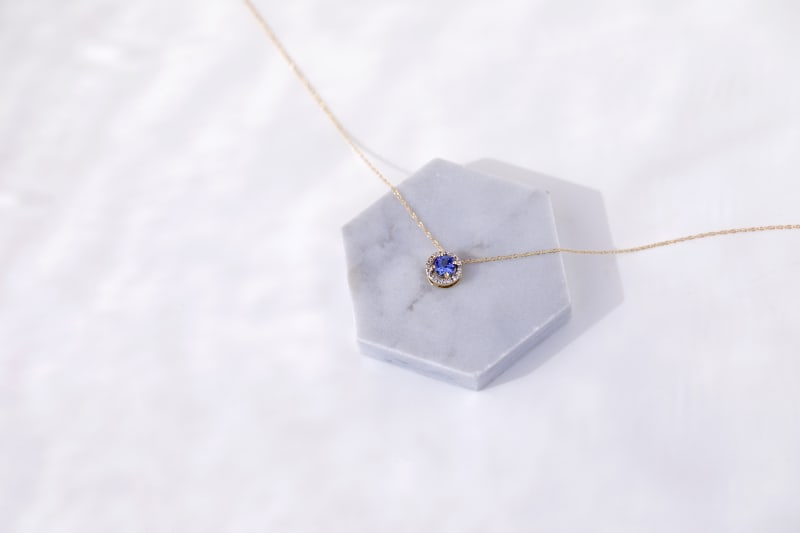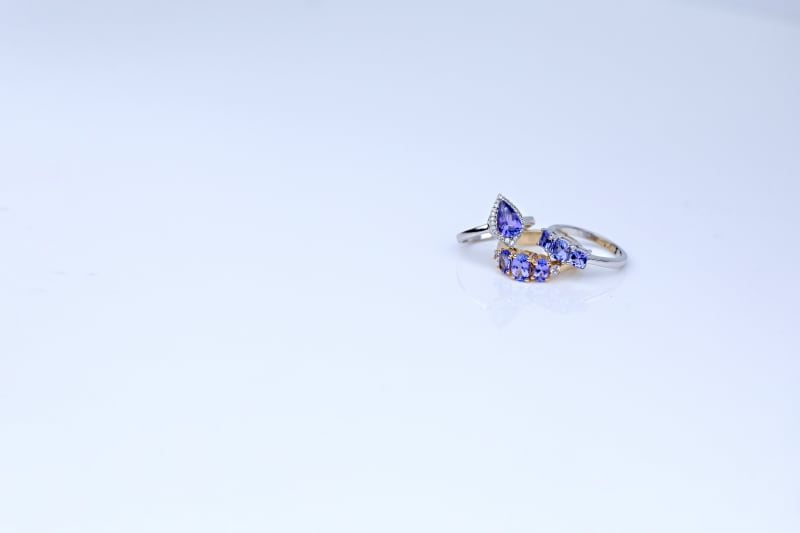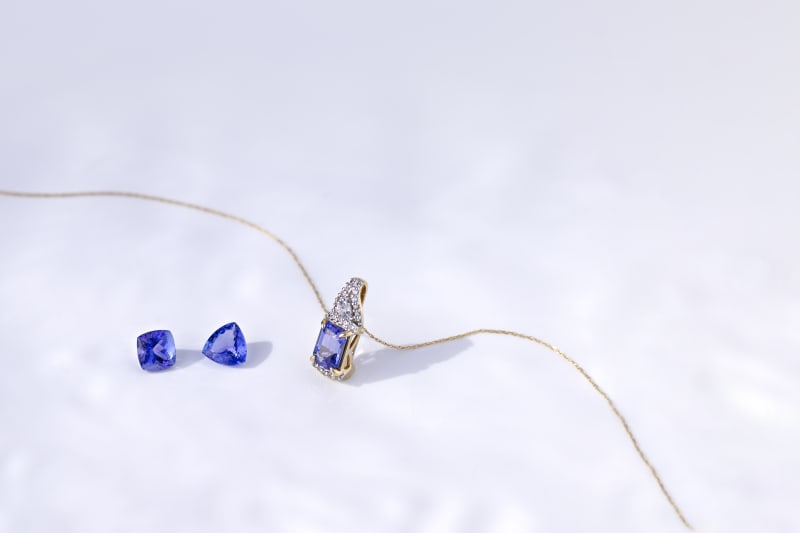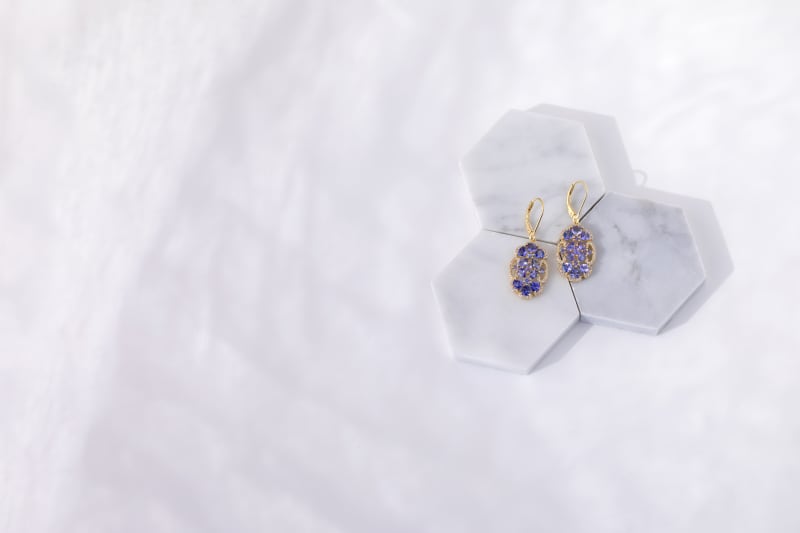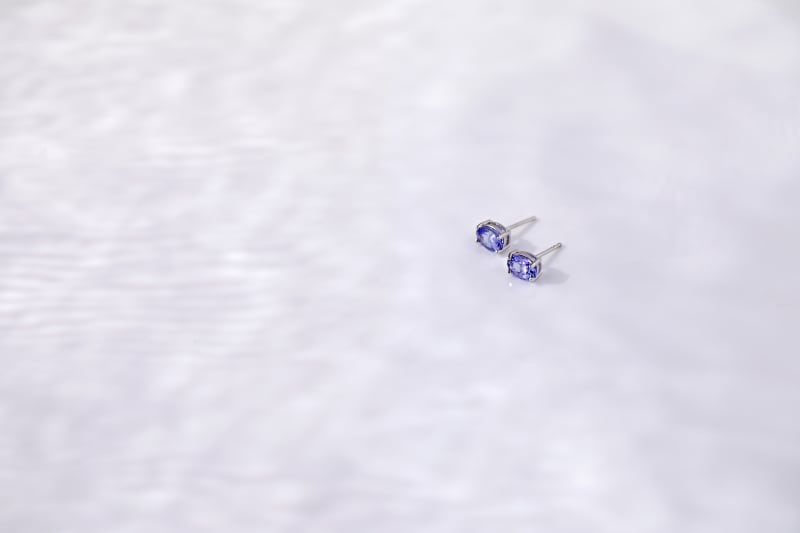The second reason is control.
"Control of what?" We're glad you asked. Control of everything. Who mines, where they mine, how much they mine, what they sell, to whom they sell, through which bank they sell …
It's reported that the government-controlled Bank of Tanzania will handle the wholesale of Tanzanite behind the new wall.
The final reason is power.
The entity that controls the product and the market, controls the money — and money is power. Everywhere. Even in the foothills of Mt. Kilimanjaro.
We expect the wall to be effective. It has one gate for entry and exit; the Tanzania People's Defense Force (army) is on guard 24/7.
Next steps for the recently erected wall include placement of electrified wire along its top.
In its move toward total control of tanzanite, the government plans to direct the cutting of stones, as well as the mining of them.


